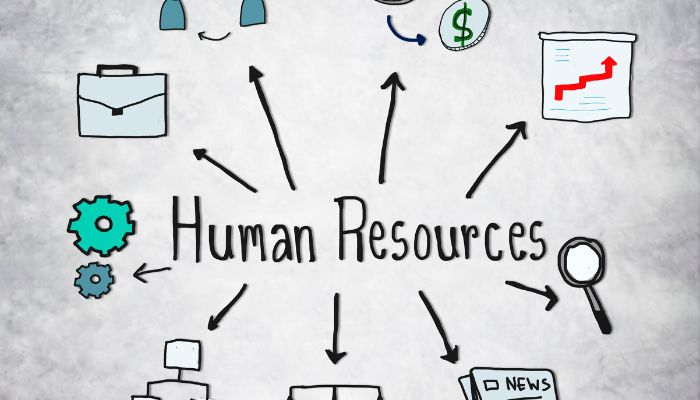The 21st century is known for its highly ‘competitive global market’. In order to thrive in such a marketplace, it is essential for organizations to embrace innovation, adapting and developing to changing market needs, while ensuring continuous learning in the workplace.
With the abundance of job roles, employees seek jobs that will enhance their skills, propelling them towards professional and personal growth. Incorporating ‘continuous learning’ in the workplace is almost a necessity for all employers.
‘Continuous Learning’ can be defined as an on-going process of acquiring skills and knowledge. It can occur on an individual/personal level or a professional level (within an organization).
Inculcating a culture of ‘continuous learning’ in a workplace will help increase productivity and is more likely to excel in innovation, as stated by the Deloitte reports. Acquiring new skills help employees stay up-to-date as well as act as a great motivation for the workforce.
According to the Corporate Executive Board, ‘learning culture’ can be defined as an environment that supports an open mindset, an independent quest for knowledge and embraces shared learning directed towards the mission and goals of the organization.
You might also be interested to read: Coaching For Change – A Vital Transformation Tool
Here are 5 ways to ensure continuous learning in the workplace:
Face-to-face coaching
This involves face-to-face training that can be conducted in the office itself or at an external venue. Trainings may vary depending on the needs and requirements of the company, providing employees with learning opportunities to ensure company goals and values are met while thriving in a competitive market.
Online-based learning
This is a more flexible type of learning as it allows employees to indulge in online learning programs at a time and place that suits them. Providing employees access to high quality digital learning enables them to engage in self-directed learning.
Mentoring programs
This involves experienced employees training newer members of the workforce. They pass down valuable information and guidance is provided to less experienced employees.
Feedback and reviews
Effective feedback can help employees evolve into more efficient workers. The organization must strive to create a culture that encourages feedback and giving reviews that aid in the development of the employee and the organization.
Peers can share tips and insights related to the work and based on experience. It is important for this kind of communication to take place in order to decrease future errors, while working in an ever-changing, competitive market.
Personal development
Employees must also experience a sense of personal growth and achievement during the process of ‘continuous learning’ so that they are highly driven to continue giving their best. A personal development plan can be curated for employees, giving them the option to opt for spaces for personal growth.
Continuous learning in the workplace helps the employees stay motivated and committed to their work, while encouraging learning and progress. It helps employees tap their potential while ensuring the company works towards innovation, adaptability and thriving in an ever-changing world.
References:
- 5 steps to developing a continuous-learning culture. Steffen Maier
- Five ways to ensure that employees learn continuously. Arindam Goswami
- Continuous Learning. University of Guelph
- 5 ways to increase employee engagement with continuous learning. Susan Dumas
- Continuous Learning. Valamis
- 5 ways to promote continuous learning and keep your business relevant. Robert Half
- 5 Ways Continuous Learning Makes a Powerful Employee Incentive. Jessica Thiefels
- 5 Ways HR Can Help Build A Culture Of Continuous Learning In Their Organization. HR C.Suite






